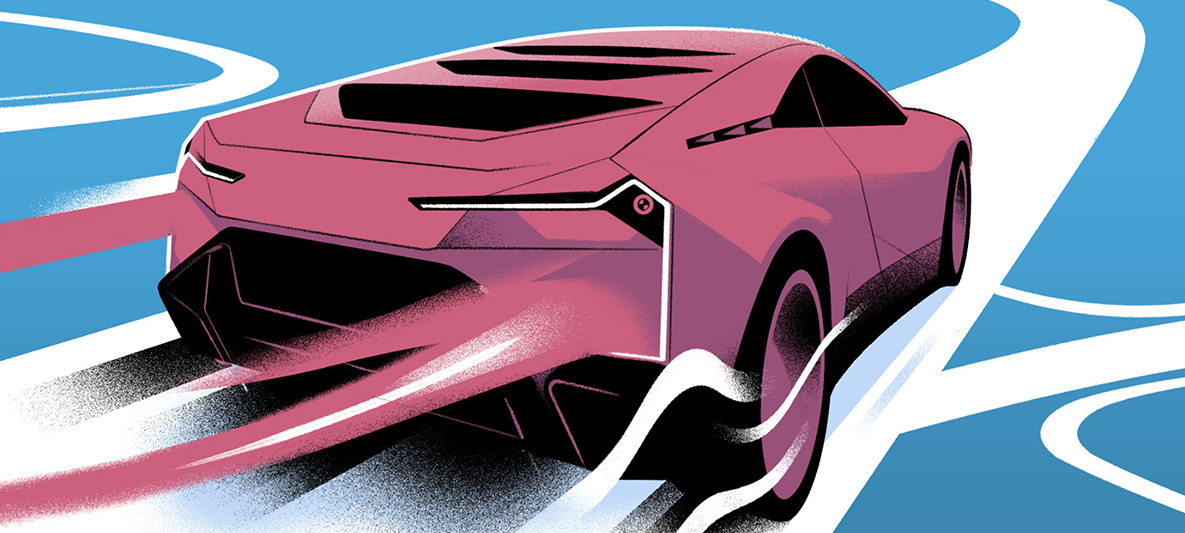Our tool for managing your permission to our use of cookies is temporarily offline. Therefore some functionality is missing.

BMW ELECTROMOBILITY.
Join us to explore the world of BMW electric cars and plug-in hybrids.
After almost five decades of research and development, we are taking the topic of sustainable and environmentally friendly mobility onto the road with a variety of electrified models. Alongside our all-electric models, such as the new BMW iX, BMW iX3, the BMW i3 and BMW i3s or the BMW i4, our fleet of plug-in hybrid vehicles, which is the largest on the automobile market, guarantees the best of both worlds for every lifestyle and every need. Impressive ranges make electrified driving and charging more flexible, convenient, environmentally friendly and attractive than ever before. As an automobile manufacturer, we are committed to the goals of the Paris Climate Agreement and have the ambition to be the most successful and sustainable premium supplier for individual mobility. After all, for us sustainability is not a trend but a call to action.
BECAUSE EVERYONE HAS THEIR OWN PATH INTO THE FUTURE.
Electromobility by BMW.
In order to provide the right answer for everyone, we at BMW have developed three different concepts for electrified and sustainable mobility: the electric car, the plug-in hybrid and the mild hybrid. In this way, we are creating a diverse and individually adjustable offer for all our customers, but we are also continuously improving the ecological balance sheet of our entire vehicle fleet at the same time.

THE ELECTRIC CAR.

THE PLUG-IN HYBRID.

THE MILD HYBRID.

BECAUSE THE FUTURE CALLS FOR MORE THAN JUST ONE DRIVE CONCEPT.
Explore the electrification strategy by BMW.

“CHANGING LANES” – DISCOVER THE BMW PODCAST!
“Changing Lanes” is the official podcast of BMW. In this episode we explain the differences between Plug-in hybrid, mild hybrid, fully electric cars and many more. We know it’s difficult to keep track of all the technologies when it comes to emobility. That’s why we use this episode of “Changing Lanes” to explain what kinds of EVs exist, from PHEV all the way to fuel cell vehicles. So get ready to learn the main differences in charging, engine configuration and daily usage – so if you want to be up to date on how electric cars work, listen to our BMW podcast episode.
FUEL CONSUMPTION AND CO2 EMISSIONS.
BMW iX(1):
Power consumption in kWh/100 km (combined): under 21
Fuel consumption in l/100 km (combined): 0
CO2 emissions in g/km (combined): 0
BMW iX3:
Fuel consumption in l/100 km (combined): 0
CO2 emissions in g/km (combined): 0
Electric consumption in kWh/100 km (combined): 17.8–17.5
BMW 3 Series Sedan plug-in hybrids:
Fuel consumption in l/100 km (combined): 2.0–1.5
CO2 emissions in g/km (combined): 45–35
Energy consumption in kWh/100 km (combined): 15.9–13.9
BMW 5 Series Sedan plug-in hybrids:
Fuel consumption in l/100 km (combined): 2.3–1.6
CO2 emissions in g/km (combined): 53–36
Energy consumption in kWh/100 km (combined): 16.3–13.8
The values of the vehicles labelled with (1) are preliminary.
The information on fuel consumption, CO2 emissions and energy consumption has been determined in accordance with the prescribed measurement procedure VO (EU) 715/2007 in the version applicable at the time of type approval. The figures refer to a vehicle with basic configuration in Germany and the range shown considers optional equipment and the different size of wheels and tires available on the selected model.
Further information about the official fuel consumption and the official specific CO2 emissions for new passenger automobiles can be found in the 'New Passenger Vehicle Fuel Consumption and CO2 Emission Guidelines', which are available free of charge at all sales outlets and from DAT Deutsche Automobil Treuhand GmbH, Hellmuth-Hirth-Str. 1, 73760 Ostfildern, Germany and on https://www.dat.de/co2
The values are already based on the new WLTP regulation and are translated back into NEDC-equivalent values in order to ensure the comparison between the vehicles. For vehicle related taxes or other duties based (at least inter alia) on CO2-emissions the CO2 values may differ to the values stated here.
Fuel consumption and CO2 emissions.
-
BMW iX(1):
Power consumption in kWh/100 km (combined): under 21
Fuel consumption in l/100 km (combined): 0
CO2 emissions in g/km (combined): 0BMW iX3:
Fuel consumption in l/100 km (combined): 0
CO2 emissions in g/km (combined): 0
Electric consumption in kWh/100 km (combined): 17.8–17.5BMW 5 Series Sedan plug-in hybrids:
Fuel consumption in l/100 km (combined): 2.3–2.0
CO2 emissions in g/km (combined): 53–46
Energy consumption in kWh/100 km (combined): 17.6The values of the vehicles labelled with (1) are preliminary.
The values of fuel consumptions, CO2 emissions and energy consumptions shown were determined according to the European Regulation (EC) 715/2007 in the version applicable at the time of type approval. The figures refer to a vehicle with basic configuration in Germany and the range shown considers optional equipment and the different size of wheels and tires available on the selected model.
The CO2 efficiency specifications are determined according to Directive 1999/94/EC and the European Regulation in its current version applicable. The values shown are based on the fuel consumption, CO2 values and energy consumptions according to the NEDC cycle for the classification.
For further information about the official fuel consumption and the specific CO2 emission of new passenger cars can be taken out of the „handbook of fuel consumption, the CO2 emission and power consumption of new passenger cars“, which is available at all selling points and at https://www.dat.de/angebote/verlagsprodukte/leitfaden-kraftstoffverbrauch.html.



